A probe incorporating 1,024 simultaneously recorded channels with shank length up to 90 mm exhibits high chronic recording stability and enables brain-wide large-scale neural population recordings with single-cell resolution in non-human primates.
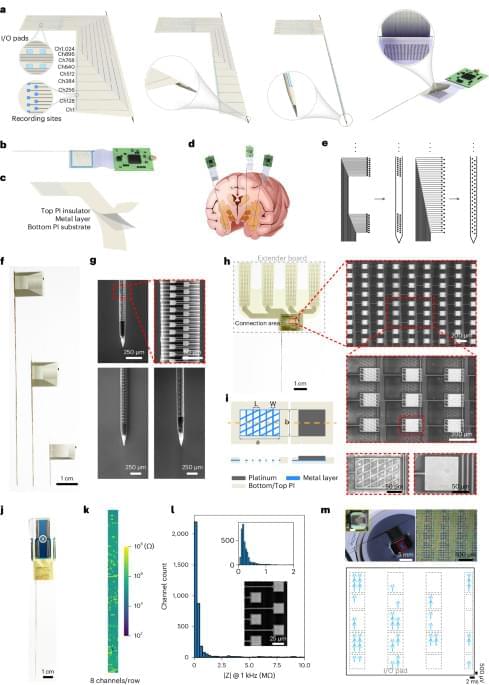

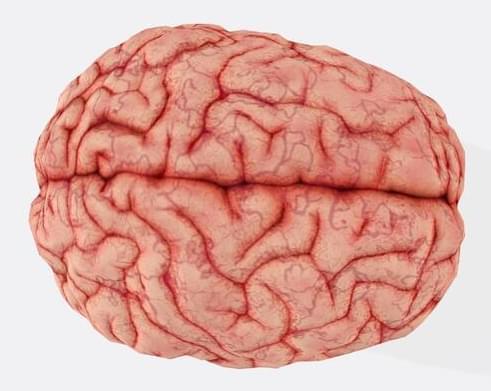
Researchers at University of Michigan have developed a method to produce artificially grown miniature brains—called human brain organoids—free of animal cells that could greatly improve the way neurodegenerative conditions are studied and, eventually, treated.
Over the last decade of researching neurologic diseases, scientists have explored the use of human brain organoids as an alternative to mouse models. These self-assembled, 3D tissues derived from embryonic or pluripotent stem cells more closely model the complex brain structure compared to conventional two-dimensional cultures.
Until now, the engineered network of proteins and molecules that give structure to the cells in brain organoids, known as extracellular matrices, often used a substance derived from mouse sarcomas called Matrigel. That method suffers significant disadvantages, with a relatively undefined composition and batch-to-batch variability.

Researchers from Johns Hopkins Medicine and the National Institutes of Health’s National Institute on Aging say their study of 40 older adults with obesity and insulin resistance who were randomly assigned to either an intermittent fasting diet or a standard healthy diet approved by the U.S. Department of Agriculture (USDA) offers important clues about the potential benefits of both eating plans on brain health.
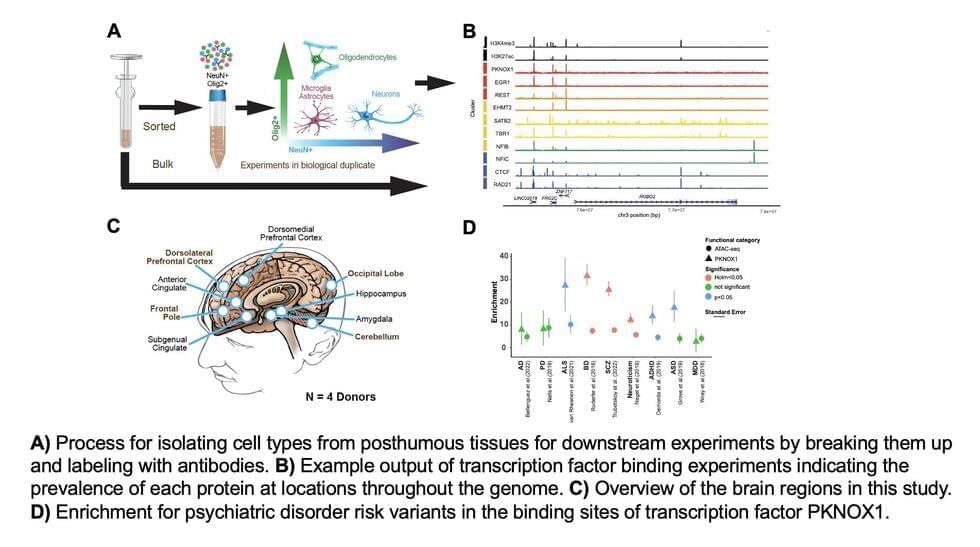
Transcription factors (TFs) are proteins that bind to specific DNA sequences, regulating the transcription of genetic information from DNA to messenger RNA (mRNA). These proteins play a pivotal role in the regulation of gene expression, which in turn impacts a wide range of biological processes and brain functions.

Ever heard just a snippet of a song and instantly known what comes next? Or picked up the rhythm of a chorus after just a few notes? New research from the Center for Music in the Brain at Aarhus University and the Centre for Eudaimonia and Human Flourishing at the University of Oxford has uncovered what happens in our brain when we recognize and predict musical sequences.
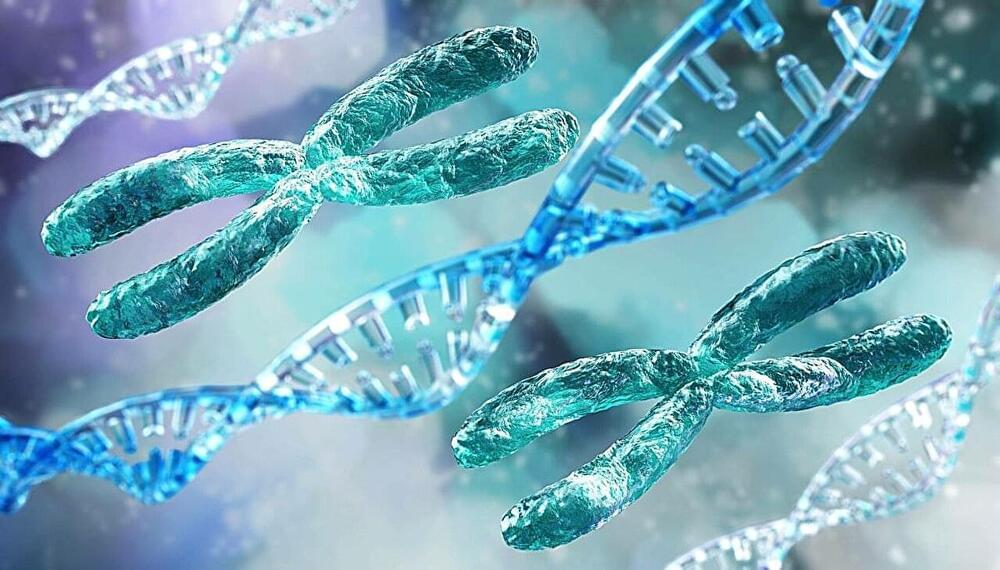
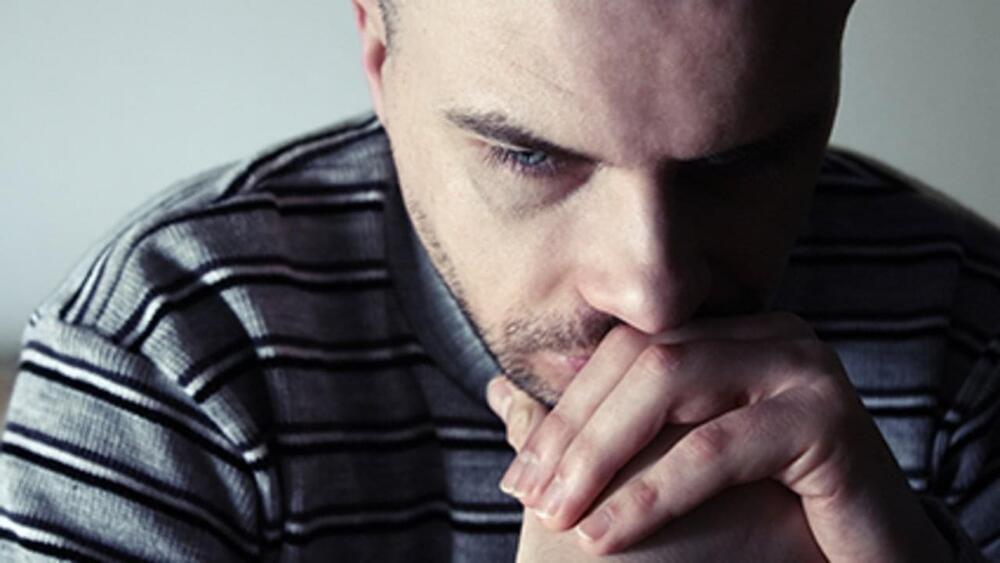
Neuromelanin-sensitive magnetic resonance imaging (NM-MRI) contrast is associated with psychosis severity in antipsychotic-free patients with schizophrenia, according to a study published online Nov. 8 in JAMA Psychiatry.
Kenneth Wengler, Ph.D., from Columbia University in New York City, and colleagues conducted a cross-sectional study involving 42 antipsychotic-free patients with schizophrenia, 53 antipsychotic-free individuals at clinical high risk for psychosis (CHR), and 52 matched healthy controls to replicate previous findings relating NM-MRI, a proxy measure of dopamine function, to psychosis severity. Data were also included for an external validation sample of 16 antipsychotic-naive patients with schizophrenia.
The researchers found that higher Positive and Negative Syndrome Scale positive total scores correlated with higher mean NM-MRI contrast in the psychosis regions of interest (ROI) in the schizophrenia sample.

Schizophrenia, a neurodevelopmental disorder that features psychosis among its symptoms, is thought to arise from disorganization in brain connectivity and functional integration. Now, a recent study in Biological Psychiatry: Cognitive Neuroscience and Neuroimaging, finds differences in functional brain connectivity in people with and without psychosis and schizophrenia that could help researchers understand the neural underpinnings of this disease.
The brain’s cortex is organized in a hierarchical fashion, anchored by the sensorimotor cortex at one end and by multimodal association areas at the other, with the task of integrating incoming sensory information with internal and external sensory signals. The loss of executive control in schizophrenia may stem from disruption of this hierarchical signaling.
Alexander Holmes, a Ph.D. candidate at Monash University who led the study, said, “We used brain imaging and novel mathematical techniques to investigate the hierarchical organization of the brains of individuals with early psychosis and established schizophrenia. This organization is important for brain health, as it regulates how we can effectively respond to and process stimuli from the external world.”

Non-personalized content and ads are influenced by things like the content you’re currently viewing and your location (ad serving is based on general location). Personalized content and ads can also include things like video recommendations, a customized YouTube homepage, and tailored ads based on past activity, like the videos you watch and the things you search for on YouTube. We also use cookies and data to tailor the experience to be age-appropriate, if relevant.
Select “More options” to see additional information, including details about managing your privacy settings. You can also visit g.co/privacytools at any time.